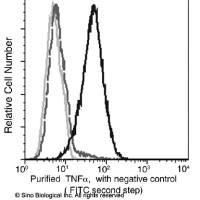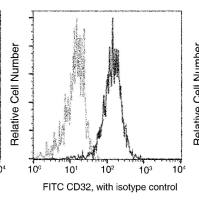During prenatal development, a large number of different cell types are formed, the vast majority of which contain identical genetic material. The basis of the great variety in cell phenotype and function is the differential expression of the approximately 25,000 genes in the mammalian genome. Transcriptional activity is regulated at many levels by proteins, including members of the basal transcriptional apparatus, DNA-binding transcription factors, and chromatin-binding proteins. Importantly, chromatin structure dictates the availability of a specific genomic locus for transcriptional activation as well as the efficiency, with which transcription can occur. Chromatin immunoprecipitation (ChIP) is a method to assess if chromatin modifications or proteins are present at a specific locus. ChIP involves the cross linking of DNA and associated proteins and immunoprecipitation using specific antibodies to DNA-associated proteins followed by examination of the co-precipitated DNA sequences or proteins. In the last few years, ChIP has become an essential technique for scientists studying transcriptional regulation and chromatin structure. Using ChIP on mouse embryos, we can document the presence or absence of specific proteins and chromatin modifications at genomic loci in vivo during mammalian development. Here, we describe a ChIP technique adapted for mouse embryos.






